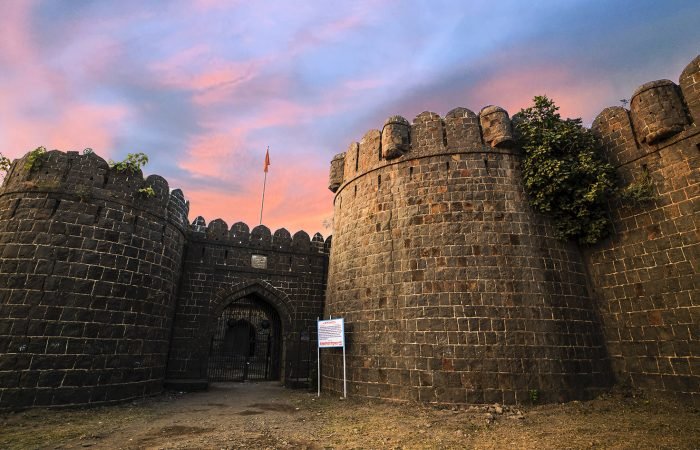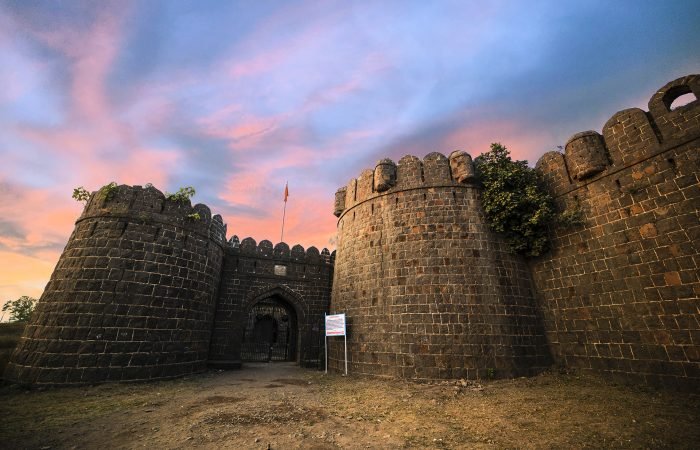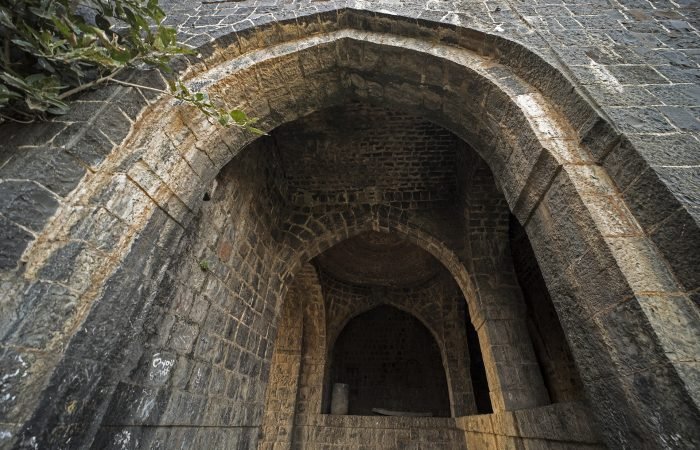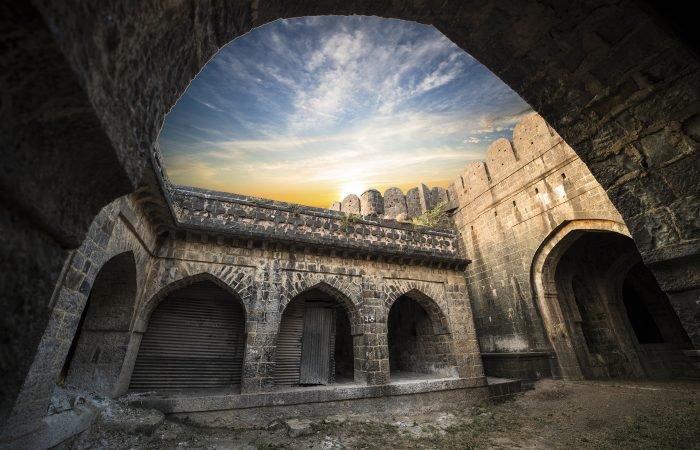Description
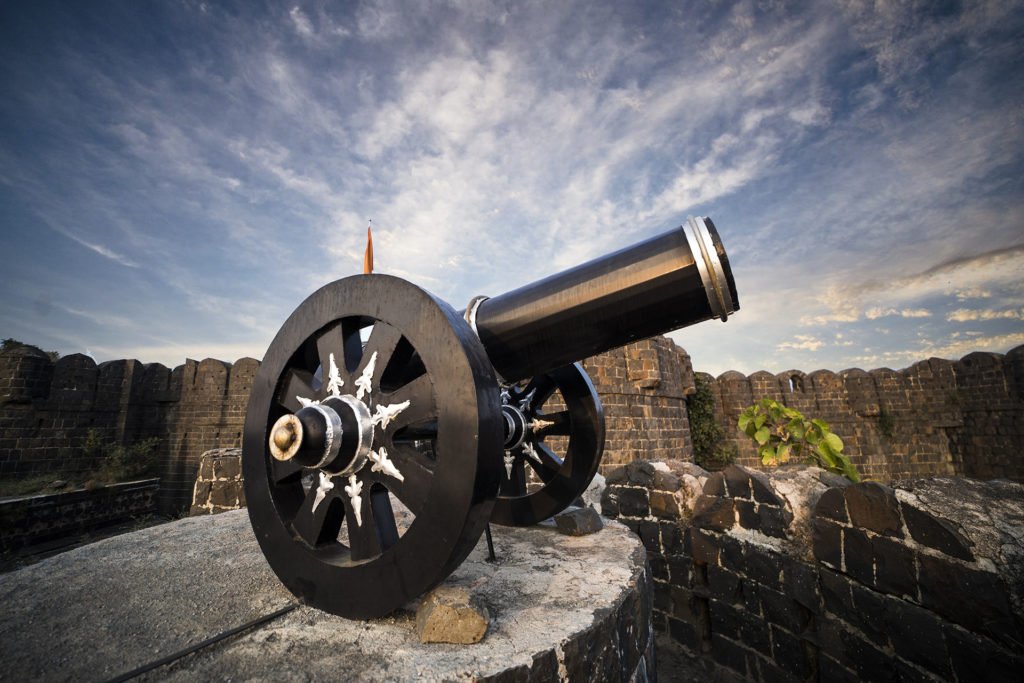
Name of the Location: Shivpattan also known as Bhuikot Fort, Kharda
Greatness of the Location: The last battle in the Hindavi Swarajya was fought around this Fort of Kharda
Type of Place: Fort
Information: The last battle in the Hindavi Swarajya which is significant in history was fought on this fort of Kharda called the Bhuikot Fort also known as Shivpattan. The battle of the valley is famous. The battle took place on March 11, 1795, between the Nizam of Hyderabad and the Marathas. In this battle the Maratha army defeated the Nizam of Hyderabad. In order to extend the influence of the Maratha power to the south while Daulatrao Shinde’s army was in Pune, Nana Fadnavis concentrated on the Nizam of Hyderabad and demanded remaining quarter monetary share from him. The Nizam’s minister, Mushirmulk, rejected the demand and rejected the revenue of the Bhosale. As a result, troops of Peshwa, Daulatrao Shinde, Tukoji Holkar and another Raghuji Bhosale invaded the Nizam’s territory in March 1939.

After the Marathas invaded the Nizam, the Nizam sought help from the British, but the British refused help and this led to a decisive battle in Kharda. In order to avoid confrontation with the Marathas in the open, the Nizam sought refuge in the fort of Kharda. The Marathas laid siege to the fort and stopped the logistics of the fort and put guns around the fortifications. The Nizam finally withdrew from the battle on 13 March 1795. According to this, the Nizam agreed to give the Marathas five quarters of tired quarters and battlefields, and a third of their possession was handed over to the Marathas and the fort of Daulatabad and its territory were given to the Peshwas, besides the Vahdas being given to Bhosale of Nagpur along with revenue. In this battle, Maloji Ghorpade, Daulat Rao Shinde, Sawai Madhavrao Peshwa Raghujiraje Bhosale of Nagpur and Sardar Sultanaraje Nimbalkar, the jahagirdar of Kharda, made a victory and crushed the Nizam.
Information about the construction and architecture of the fort –
The quadrangle-shaped fort extends across 3 acres and the north-facing entrance to the fort on the west side of the road is not easily visible. There are four towers at the four sides, two at the door, and seven at the battlefield, each with a protective structure like a battlefield, a fort, a Revani and a trench. With the ditch around the entire fort and the ditch beside the door, the train goes to the gate of the fort. The battlefield is designed by placing a tower and a second door in front of the main gate to prevent the enemy from attacking the main gate of the fort directly. This door is also protected between two towers. This construction may have taken place after the main fort was built.
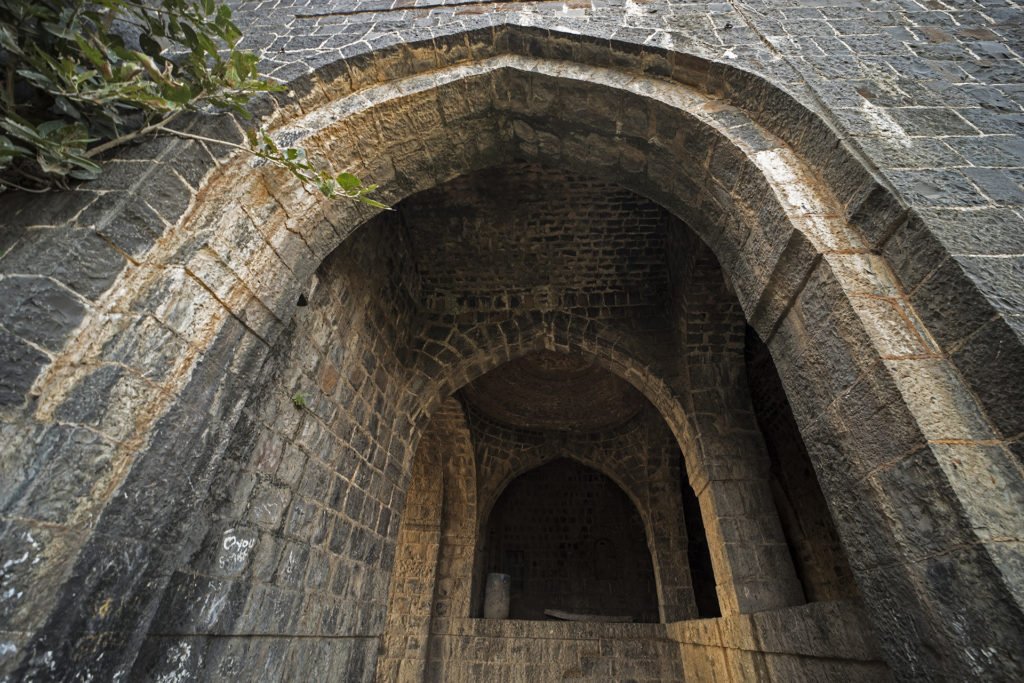
There is a Persian inscription on this door. Upon entering the first door, there is a Marathi inscription on the right of the fort, about thirty-forty feet high, on the right. According to this inscription, this fort was built by Sardar Sultanrao Nimbalkar in 1743. The two sides of the courtyard in front of the door are covered with towers, and there are steps to reach the outer shore.
The second gate of the fort and the interior of the fort are still intact and the inside of this gate has a curved structure and the third entrance to the inner part of the fort. In the inner part of the door, the guard is a goddess, and one of the steps leads into the porch door. Upon entering the door, the whole fort and the open ground appears. The ruins of the fort have collapsed and all the remains have disappeared. But there is a lot of work going on to undo all of this. There are steps in the embankment to get to the shore. Walking through the fort, the small eight towers and fortifications that are covered in a fork between the trench and the Revani are still to be seen today. The remaining towers, however, have been completely destroyed. In the middle of the fort there are remnants of a collapsed castle, and under it there are streaks of burial under the soil.
On the east side of the fort there is a Persian inscription referring to the Jama Masjid, with a building in good standing. The back of a broken canyon is seen besides the building. Between the mosque and the embankment one can see the fine structure of the architectural stone, and the well-kept bar. Since it is the only source of water in the Barav (well), water is currently being used to repair the fort from this well. The top of the well, which is more than 100 feet deep in a spherical shape, is thick enough to lift water, and if the water goes deeper, the stone on the other side is below the middle of the well. After reaching about 40 steps, the inside of the well is 5X5 in size and it has an arch on the side of the well. On the south bank of the fort, there is a small gate to escape from the fort in crisis but it is currently closed with stones. In addition, two rooms and a few stairs can be seen in the construction of the inside of the main gate of the fort. It has doors on the inside of the castle to enter. An hour is enough to see the entire fort. Walking through the fortifications of the fort, the surrounding area of whole Kharda village can be seen from there.
Festivals / Celebrations:
Local Features:
- You can visit this fort in any season
- The sweet Papdi Shev Peanuts found near the bus stop are very crisp and delicious. These Papadi’s are in great demand from all over the district.

